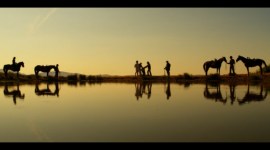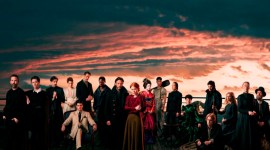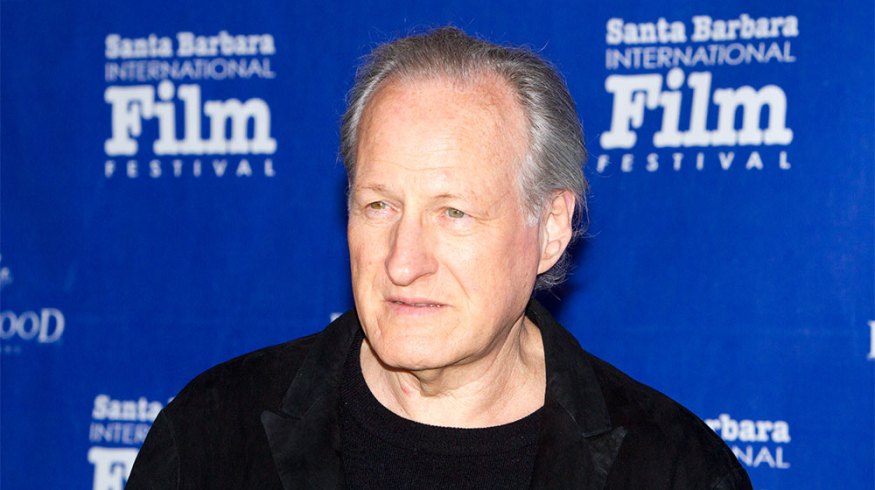
The Enduring Allure of Michael Mann
Let’s look at HBO Max’s Tokyo Vice and learn the Michael Mann method derived from his 40 years of journalistic-style moviemaking.
His latest movie series, a streamed episodic on Starz, has all the hallmarks of a Michael Mann creation. His apprach and vision seems to be more sociological than cinematic. It’s something that defines his style and makes his projects stand out.
Mann’s IMDB entry demonstrates his ability to stretch his skills beyond directing. He has credits in soundtracks, writing, script/continuity, acting, camera, electrical and cinematography.
Although his cinematography career was short-lived, he is an uncredited cameraman on several of his films, such as Public Enemies, Collateral, Ali, The Insider, and Manhunter. Here’s a man who doesn’t mind getting his hands dirty.
But Producer (31 credits) and Director (24 credits) are where most of Mann’s work resides. Some films he didn’t direct but helped produce included Le Mans ’66, Hancock, and The Aviator.

What does a Michael Mann mean to you?
Most people think of 1995’s Heat and especially the coffee shop scene where De Niro’s bank robber and Pacino’s LAPD policeman have their famous ‘frenemy’ conversation.
There was no rehearsal for the scene, and two cameras shot the main and reverse positions so these greats could let the improvisation flow. The scene is so famous that visitors to this real restaurant on Wilshire Boulevard requested the table where the scene was shot.
Unfortunately, Kate Mantilini’s closed in 2014; even the big HEAT neon sign outside and actor cut-outs didn’t save it.
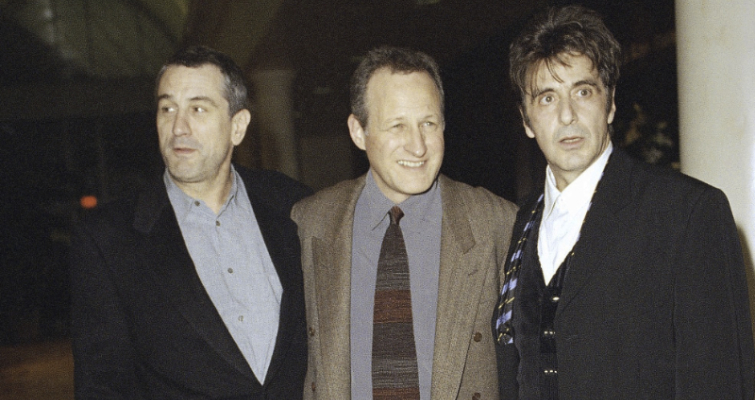
But move through Heat and consider The Insider and Collateral, and you see a journalistic aptitude to his research. How De Niro ironed his shirt collars was straight out of his meetings with inmates at Folsom State Prison to find out how an ex-prisoner might dress.
Mann also co-wrote Heat 2 as part of a three-book deal. This new novel acts as a prequel and sequel to the movie. It topped the New York best sellers list, so a warmth of feeling for the film still lingers. Expect a green-lit movie soon.
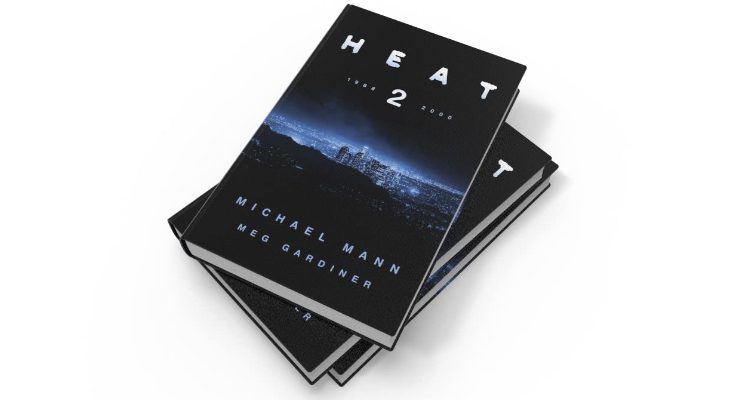
The Insider had Mann immerse himself deep into investigative journalism from his days in London working with ITN news journalists.
Tokyo Vice again has the main character as an American journalist in Tokyo, the paper’s office is strewn with the detritus of a newsroom while outside the Tokyo of the 1990s throbbed with yakuza gang celebrity and hostess bars.
The Mann Vision
Mann’s view is unique on the art of cinematography. He will use any aesthetic that he thinks the story needs…and sometimes its more gritty and raw and poetic and perfectly lit.
Take 2004’s Collateral, for instance, which has assassin Tom Cruise holding Jamie Foxx’s cab driver hostage while he works his way through his kill list, all shot in the sodium light of a single LA night.
Most DOPs and directors would maybe use sodium light as a scene tone, but Mann decided that this pale and treacly color would suit most of the movie.
But more than that, Mann is an early-adopter of high-definition digital cinematography for the film. Add a sodium-lit LA night to that, and the digital noise would have been, for some, hard to watch. HD technology during that time did have an advantage in the low-end, in the shadows. Highlights, though, were something else.
But Collateral was entirely shot at night and so shooting in film would have massive grain problems too. Mann turned up the gain on his digital camera, so you saw it, but you also saw some scenes that were so dark that film wouldn’t have been able to show them.
Collateral was the film that made Sony think again about how sensitive their new digital cameras were. But Mann had his look. Watch the film again today, and you’ll see some remarkable imagery.
Tokyo Vice
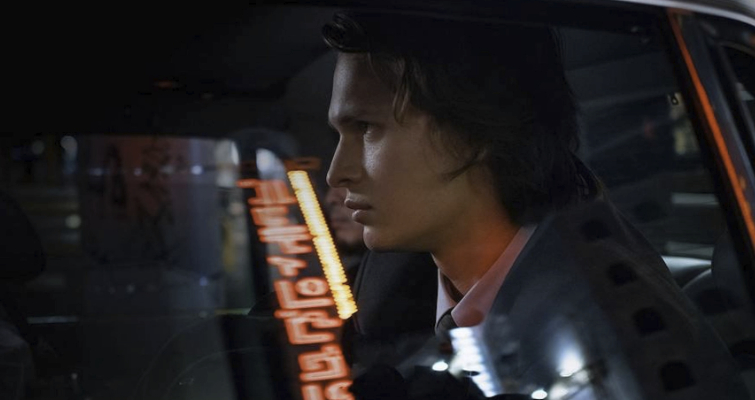
Mann’s directorial output after 2009’s Public Enemies was slight. It only included the pilot episode of Luck for HBO (although he did produce the series) and the movie Blackhat with Chris Hemsworth in the lead.
This 2015 hacker movie wasn’t received well, and maybe that reaction put Mann’s directorial career on hold until Tokyo Vice came along. He was approached by John Lesher, a former head of Paramount Pictures who signed on as a producer of the film. Lesher had optioned the book of the same name when it came out in 2009.
This episodic ticked all the boxes for Mann. At its heart the film was a newspaper story and had connections to some serious villains within the ’90s profusion of yakuza gangs. You had an American reporter in a fish-out-of-water scenario, an a foreign land (Japan,) and a noir aesthetic that clicked with the director. Actor Ansel Elgort as the American journalist reminds you of Al Pacino’s hack in The Insider with his incessant drive to get the story.
Tokyo fascinated Mann, and although he only directed the pilot, his vision and tone were stamped all over the show. He studied Kurosawa’s noir leanings and especially the film Drunken Angel, a 1948 Japanese yakuza film directed by the painter and filmmaker.
With Tokyo Vice, Mann would launch his version of Japanese noir and present a moody, atmospheric, and naturalistic season. He wanted to reflect the tone and rhythm of the city.
“Through cinematics, you enter the actual world,” he explained when launching the series. “I wanted to see the culture, the raw expression, emotions, customs. The rhythms of every day.”
Japan in lockdown
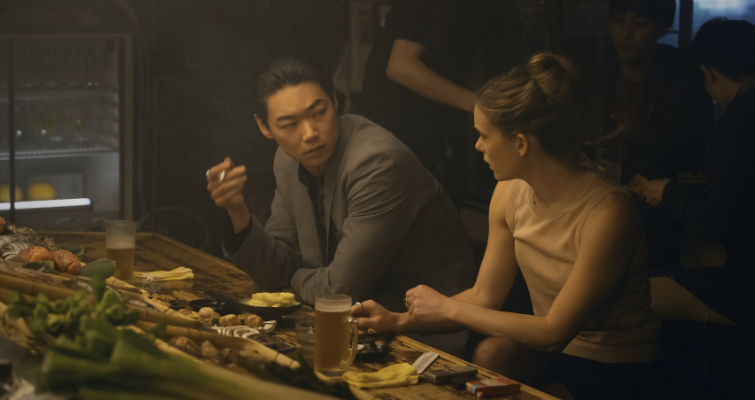
The production was shut down when the first COVID lockdown was called, but these restrictions ironically only helped the film. Actors were able to use the time to fine-tune their Japanese or English. When filming was allowed to continue, Tokyo’s COVID measures urged establishments to close early and largely emptied the streets, creating favorable conditions for filming.
Even Tokyo’s famous Golden Gai district—with its network of six narrow alleys connected by even narrower passageways—was available, which would never have happened before the pandemic.
The pilot is vintage Mann with mostly dark and mixed lighting. A camera that never sits still and too-close close-ups that unsettle you and skew the mood.
Like every Mann creation, you are immersed in to the action and rewarded for your efforts. Even the challenges of subtitled Japanese (and sometimes Korean) and broken English only act as slight obstacles along the way. Mann asks a lot of his audience and we’re happy to oblige.
The first season of Tokyo Vice is currently on the Starz Network.
Cover image via Terry Straehley/Shutterstock.
Ready to explore the work of more incredible filmmakers?



